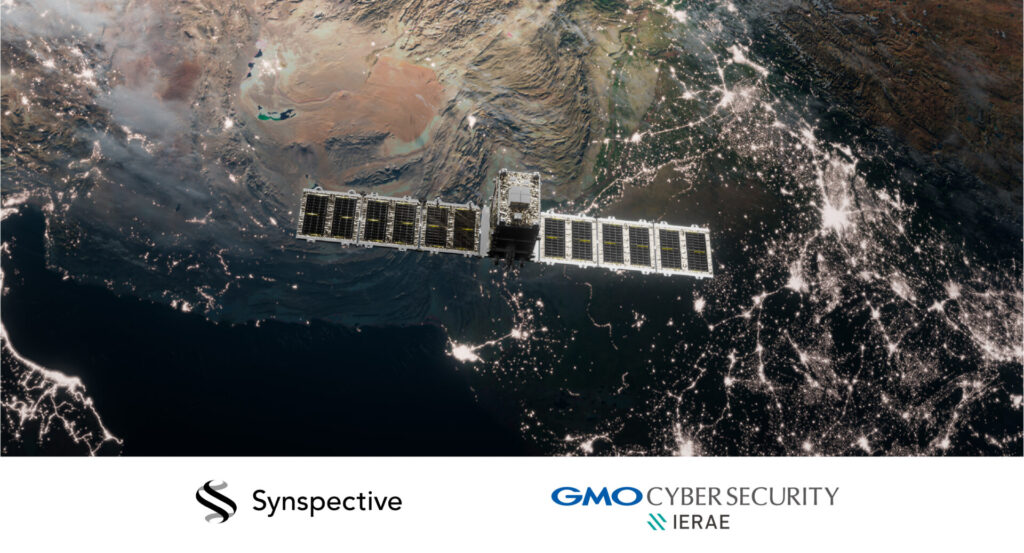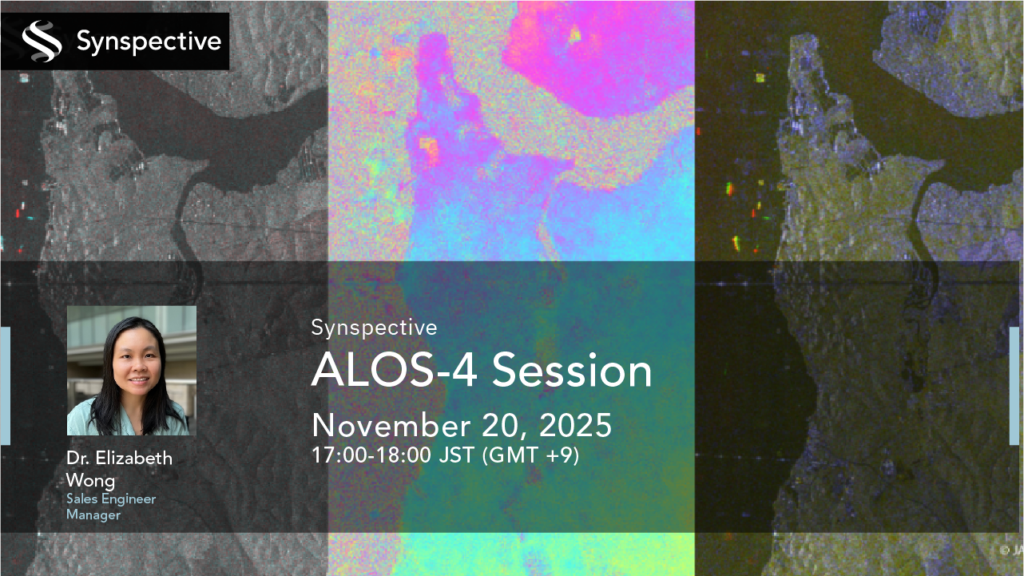
SAR Satellite StriX
Synspective’s small SAR satellite technology originated from a Japanese government-led R&D initiative, ImPACT Program, which aimed to address the societal issue of insufficient information gathering capabilities for emergency response.
Satellite Design Concept
Customer/Society-Centric Satellite Development
By focusing on customer needs and broader societal challenges, satellite development becomes more tailored and impactful. This outcome hinges on extensive research and feedback collection, active engagement with potential users and stakeholders, and collaboration with experts across diverse fields.
The primary objective of this approach is developing satellites to address distinct societal needs. These include improving disaster management and response, monitoring Earth’s environment and climate change, and supporting sustainable infrastructure development and maintenance. With a keen insight into these needs, satellites can be meticulously designed and equipped with the precise technology and capabilities to serve these goals efficiently.
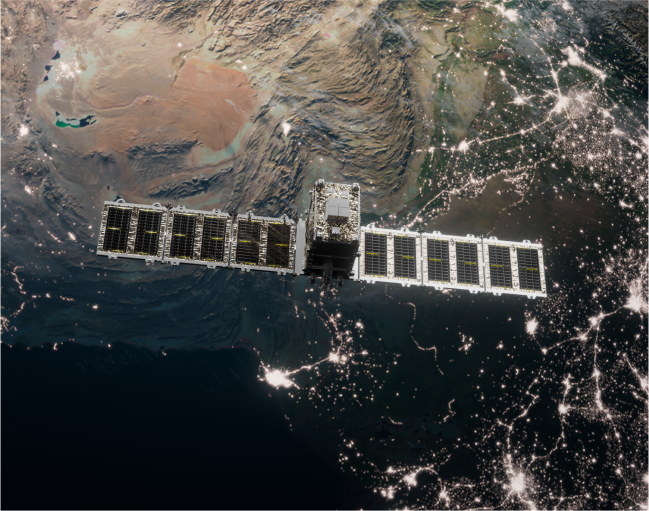
Innovative R&D for Future Generations
The next wave of SAR satellites should prioritize improved image resolution, more frequent revisit times, and optimized power efficiency. With the advent of superior SAR sensors, we will be able to capture higher-resolution images. This enhancement will enable us to detect subtle changes on the Earth’s surface and monitor environmental factors more accurately.
Moreover, by increasing the revisit frequency of SAR satellites, we can monitor Earth’s dynamic changes in near real-time. This offers invaluable insights for disaster response, urban planning, and agriculture. Such frequent data acquisition will allow scientists to monitor unfolding events more closely, facilitating prompt interventions to mitigate potential risks.
Reducing power consumption in SAR satellites is crucial for extending their lifespan and reducing operational costs. By utilizing efficient power management systems and innovative technologies, future SAR satellites can sustain longer operational periods, thereby enhancing data collection and analytical processes.
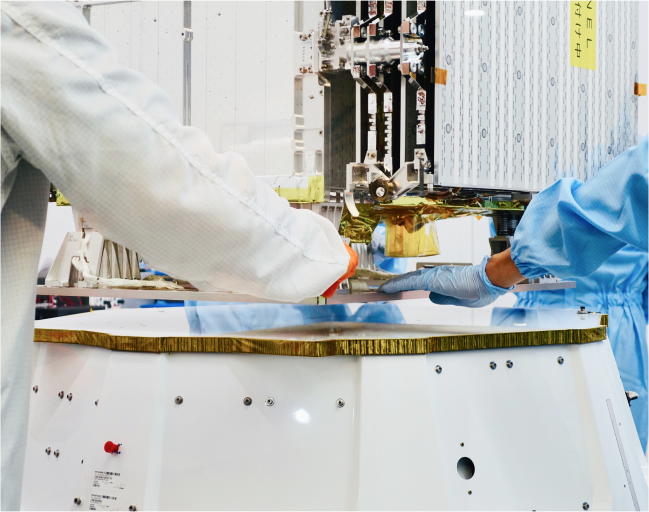
From Tailor-Made to Parallel Production
Over the years, manufacturers of Synthetic Aperture Radar (SAR) satellites have strived to transition from a tailor-made process to constructing multiple satellites at the same time, known as parallel production. This shift has brought about significant advancements in satellite technology and increased accessibility to SAR data for various industries.
In the past, SAR satellites were painstakingly crafted based on specific requirements, resulting in longer production times and higher costs. However, with the advent of parallel production, multiple satellites can be constructed simultaneously, accelerating the manufacturing process and reducing expenses.
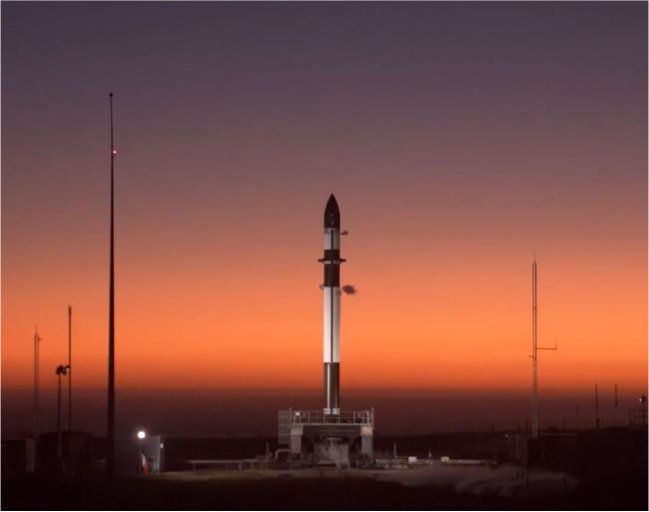
A Global Monitoring Constellation for Unmet Social Needs
Utilizing a small SAR satellite constellation, we will be able to enhance disaster response capabilities with near real-time imaging and mapping during emergencies. Such timely insights enable accurate assessment of impacted areas, aiding in quick and effective evacuation and relief efforts. SAR technology also offers pivotal climate monitoring, supplying crucial data on issues like deforestation, land degradation, and rising sea levels — all invaluable for shaping and enacting sustainable policies.
Furthermore, a small SAR satellite constellation can be instrumental in natural resource management. By monitoring land use, vegetation growth, and soil moisture, it can assist in sustainable agriculture practices, ensuring food security. Additionally, it can help combat illegal activities such as deforestation, illegal mining, and fishing, promoting the sustainable use of resources.
For the constellation’s sustainability, it is important to prioritize environmentally friendly materials in construction, adopt efficient power management systems, and ensure responsible disposal methods after missions conclude. Collaborating with international organizations and governments is crucial, not only in funding and operation but also to guarantee the constellation’s accessibility to underserved regions and communities.




